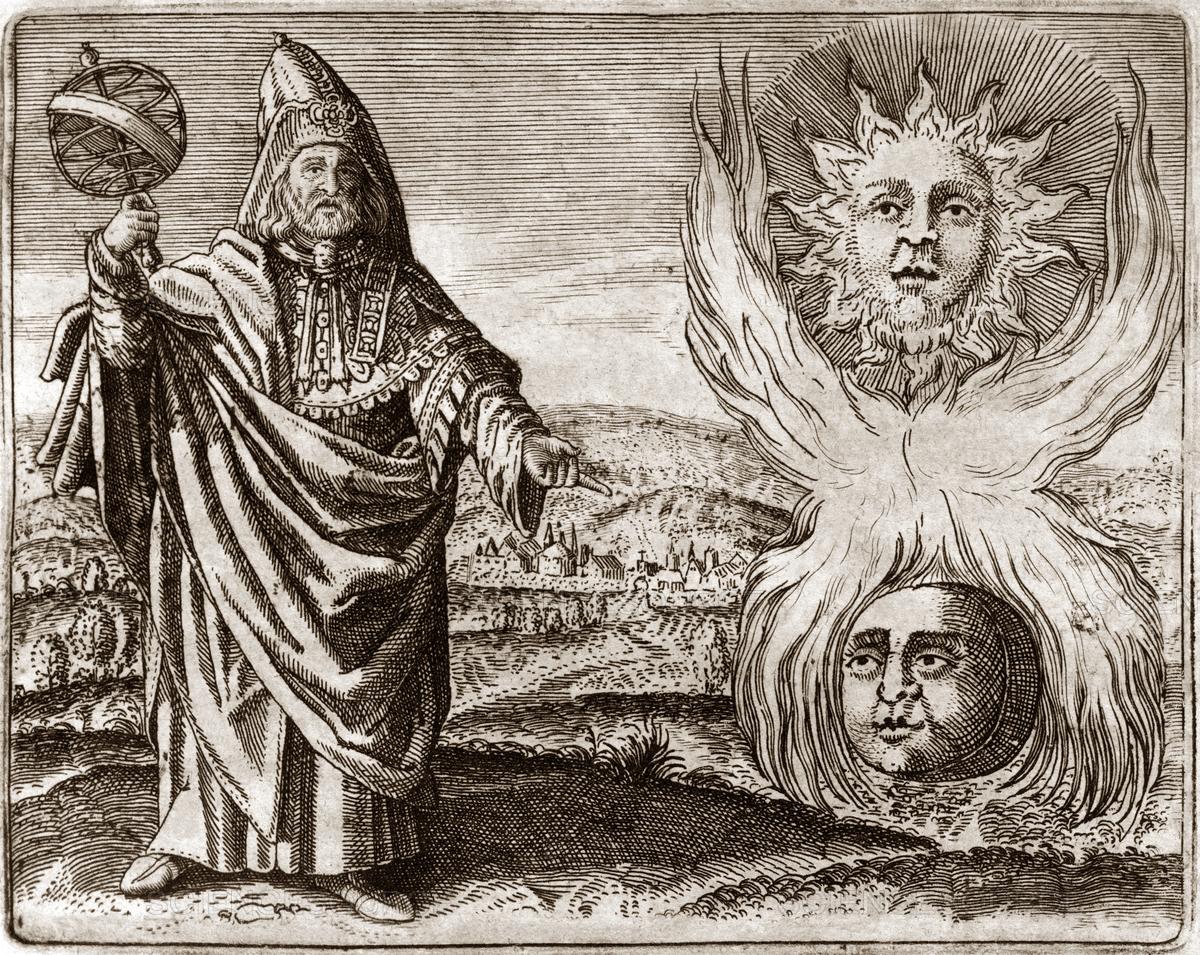Hermes Trismegistus and His Significance for Alchemy

The world of alchemy is teeming with enigmatic figures, their knowledge and wisdom celebrated for centuries. One such character is Hermes Trismegistus, whose influence is felt across the borders of time and culture. But who was this mysterious "Thrice-Greatest"? Join us on a journey to unveil the mystery of Hermes Trismegistus.
Who was Hermes Trismegistus?
Hermes Trismegistus, translated from ancient Greek as "Hermes the Thrice-Greatest", is a legendary figure that emerged during the Hellenistic period. As a syncretistic fusion of the Greek god Hermes and the Egyptian god Thoth, Hermes Trismegistus represents the amalgamation of knowledge about the material and spiritual world.
His legendary wisdom made the texts attributed to him, known as the Hermetica, key texts for those interested in the relationship between the material and divine. These writings form the foundation for various philosophical systems, known as Hermeticism.
The Origin of Hermes Trismegistus
In the texts of the Ptolemaic kingdom of Egypt, the Greek god Hermes was identified with the Egyptian god Thoth. Hermes, the god of interpretive communication, was combined with Thoth, the god of wisdom. This syncretistic figure became known as Hermes Trismegistus during the Hellenistic era.
Hermes Trismegistus was more than just a merging of these two gods. The renowned scribes Amenhotep and a wise man named Teôs, as well as the deified Egyptian priest and polymath Imhotep, were all associated with him and placed in shrines dedicated to Thoth-Hermes.
The Thrice-Great Hermes
The significance of the epithet "thrice-great" was often discussed in antiquity and in later Christian writings. Some scholars assert that this epithet is derived from an epithet of Thoth found in the Temple of Esna. Others interpret it as a reference to Hermes Trismegistus as the greatest priest, philosopher, and king. Still others see a connection to the Trinity in the epithet.
The Hermetic Texts and Alchemy
The Hermetic texts enjoyed great prestige during the Middle Ages and the Renaissance and were often cited by alchemists. The texts cover a wide range of topics, including philosophy, magic, and alchemy. The seal of Hermes, an alchemical process for creating the Philosopher's Stone, even led to the phrase "hermetically sealed".
However, the Hermetic texts have not only taken influence in the Western world. Hermes Trismegistus also plays a significant role in Islamic and Bahá'í texts, where he is often identified with the Prophet Idris.
Hermes Trismegistus in Islamic Tradition
Although the name Hermes does not appear in the Quran, the chroniclers of the early Islamic centuries identified Hermes Trismegistus with Idris, an Islamic prophet. According to the Persian astrologer Abu Ma'shar al-Balkhi, Idris/Hermes was referred to as the "Thrice Wise" because he had a threefold origin: he was a "civilizing hero", an initiator of Pythagoras, and the first teacher of alchemy.
Concluding Thoughts
The figure of Hermes Trismegistus and his writings have shaped not just alchemy, but a myriad of philosophies and religions. His influence spans across the borders of culture and time, making him a truly remarkable character in the history of alchemy and the humanities. The quest for wisdom and truth that Hermes Trismegistus represents remains a constant inspiration for alchemists and philosophers of all ages.




